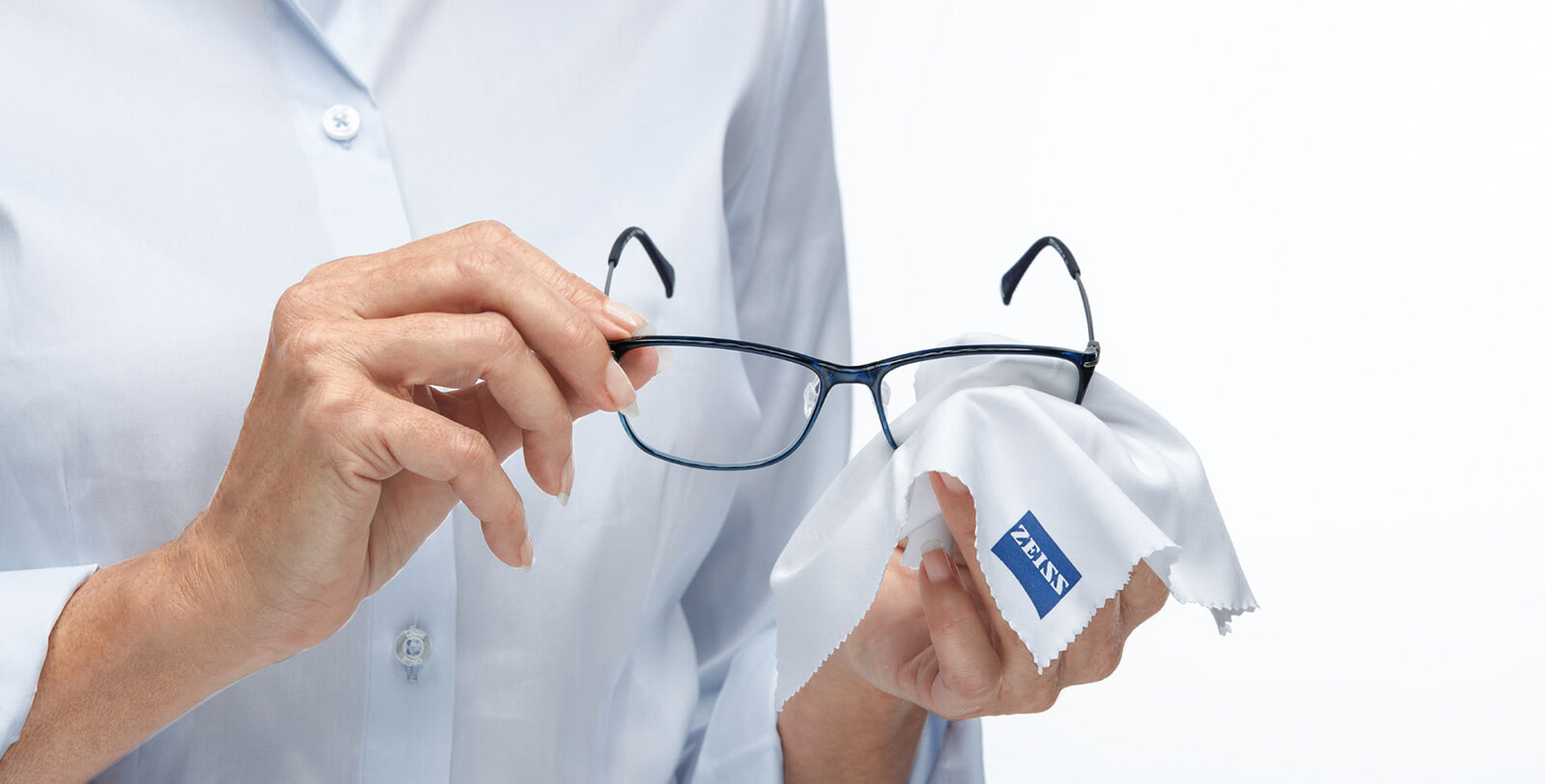Glasses Cleaning
Introduction
I have been wearing glasses because of myopia since when I was attending middle school. I have used more than 5 different pairs of glasses so far. Because of the incorrect way of cleaning glasses, the early ones did not last very long, whereas with the correct way of cleaning, the glasses can last as long as 10 years.
In this blog post, I would like to share some of my experience of glasses cleaning.

Glasses Quality
One of the prerequisite of a pair of durable glasses is to ensure that the frame and the lenses are of good quality. Lenses of poor quality will be scratched quickly even if it was well taken care of. High-end brands, such as ZEISS, typically provides the best quality of the lenses.
The Most Common Glasses Cleaning Mistake
Before I started to talk about the correct ways of glasses cleaning, I would like to iterate the most common mistake of glasses cleaning.
The most common mistake of glasses cleaning is to apply the cleaning cloth directly on the dirty lenses. Because there could be hard dust on the lenses, applying the cleaning cloth on it directly is just the same as rolling hard dust on the surface of the lenses. It’s easy to leave scratches on the lenses if doing so, no matter how good quality they are. In the worst scenario, it could ruin a pair of brand new glasses right away, even if you just purchased it.
Removing Glasses Dust
Removing dust is the first step of glass cleaning. Usually, there are two ways, including
- Rinsing the glasses with cold water. It can be done anywhere that has tap water.
- Ultrasonic cleaning with cold water. Nowadays an ultrasonic cleaner can be purchased under $30.
Don’t use hot water or warm water as they might damage the lenses and will not help cleaning the dust.
Once the dust is removed, remove most of the water left on the glasses by gently shake the glasses, and proceed to removing oil or drying glasses.
Removing Glasses Oil
Removing oil is the most difficult step of glass cleaning, as some oils are extremely difficult to come off.
The Soap Method
The soap method is just to apply and gently smear the soap or liquid soap using clean finger tips on the lens surface. This is the most convenient way of removing oil, since soap could usually be found in a restroom. Then rise or ultrasonic clean the glasses with cold water. If the oil sticks firmly to the lenses, repeat this step multiple times and smear a little bit harder on the lens surface using clean finger tips.
Once it is done, remove most of the water left on the glasses by gently shake the glasses, and proceed to drying glasses.
Although some of the soap ingredients might not be friendly with the len coatings, from my experiences, this hardly happen. I had a pair of glasses which was cleaned with different common soaps and lasted 10 years.
The Spray Method
The lens cleaning spray usually consists of a good number of organic solutions and it can be purchased from trustworthy manufacturers, such as ZEISS.
What we have to do is just to spray the solution on the lens surface and clean the lenses with a piece of high-quality lens cloth. Notice that here we use the lens cloth because usually by rising water or ultrasonic cleaning the oil will not come off. You may still get it a shot, though. Because there is less liquid on the cleaning wipes and the remaining organic solution on the lenses evaporates, the lenses become dry quickly. However, there might still be lots of organic solution on the frames, we still need to use some paper wipes to remove them before wearing the glasses.
The drawback of this method is that the oil will accumulate on the lens cloth. As we cleaned the lens more and more, without using a new piece of lens cloth, there will be more and more oil remained on the lenses. In addition, the spray does not smell good and might be harmful for human.
The Disposable Wipe Method
The disposable wipe method is simplified from the spray method. The pre-moistened disposable lens cleaning wipes are purchased from trustworthy manufacturers, such as ZEISS. We just have to clean the lenses with the wipes and throw the disposable wipes away. No oil accumulation and organic solution inhalation issues anymore. Because there is less liquid on the cleaning wipes and the remaining organic solution on the lenses evaporates, the lenses become dry quickly and no further action is required.
Drying Glasses
To remove the remaining water or solution on the lens, use fine paper wipes instead of lens cloth. Do not apply paper wipes directly on lenses as it will scratch the surface. Instead, gently touch the droplets using paper wipes so that the droplets can be absorbed.
Conclusions
Glasses are fine items. Treat them carefully.
References
Glasses Cleaning